History of climbing crampons
Crampons are a robust frame, often made of metal, with sharp spikes set at specific points such as at the toe. These are attached to the soles of the boots or shoes you are wearing using nylon straps. These clever little gizmos help you skip across frozen water or hard snowy slopes and up icy vertical surfaces with relative ease.

With a pair attached to your boots, you can cross most winter terrain that would otherwise be considered dangerous. They are to be used only on hard ice and snow, rather than on softer snow where it is possible to just kick steps out.
Throughout history
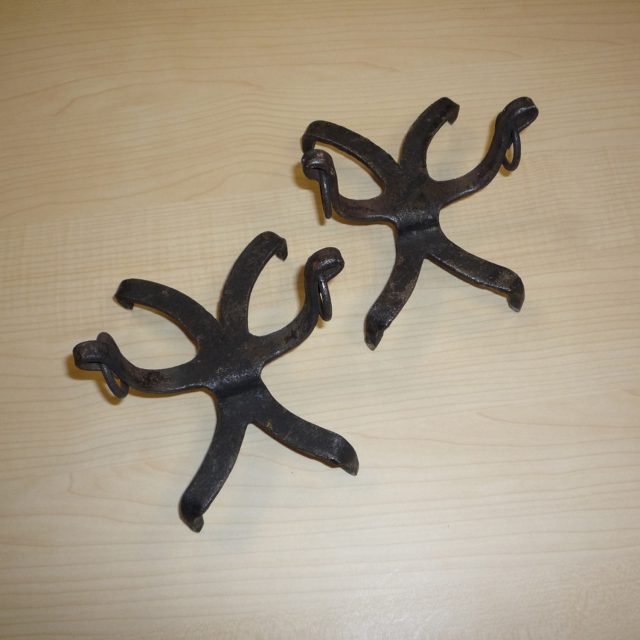
Crampons are not a modern invention, and evidence has been found that paleo hunter-gatherers used similar methods thousands of years ago. They would have needed to gain traction while traversing mountain slopes hunting for food.
Celtic miners were using iron spikes on their feet at least 3000 years ago as did hunters in the Russian Caucasus, and leather sandals with spiked plates for snow travel have been found there.
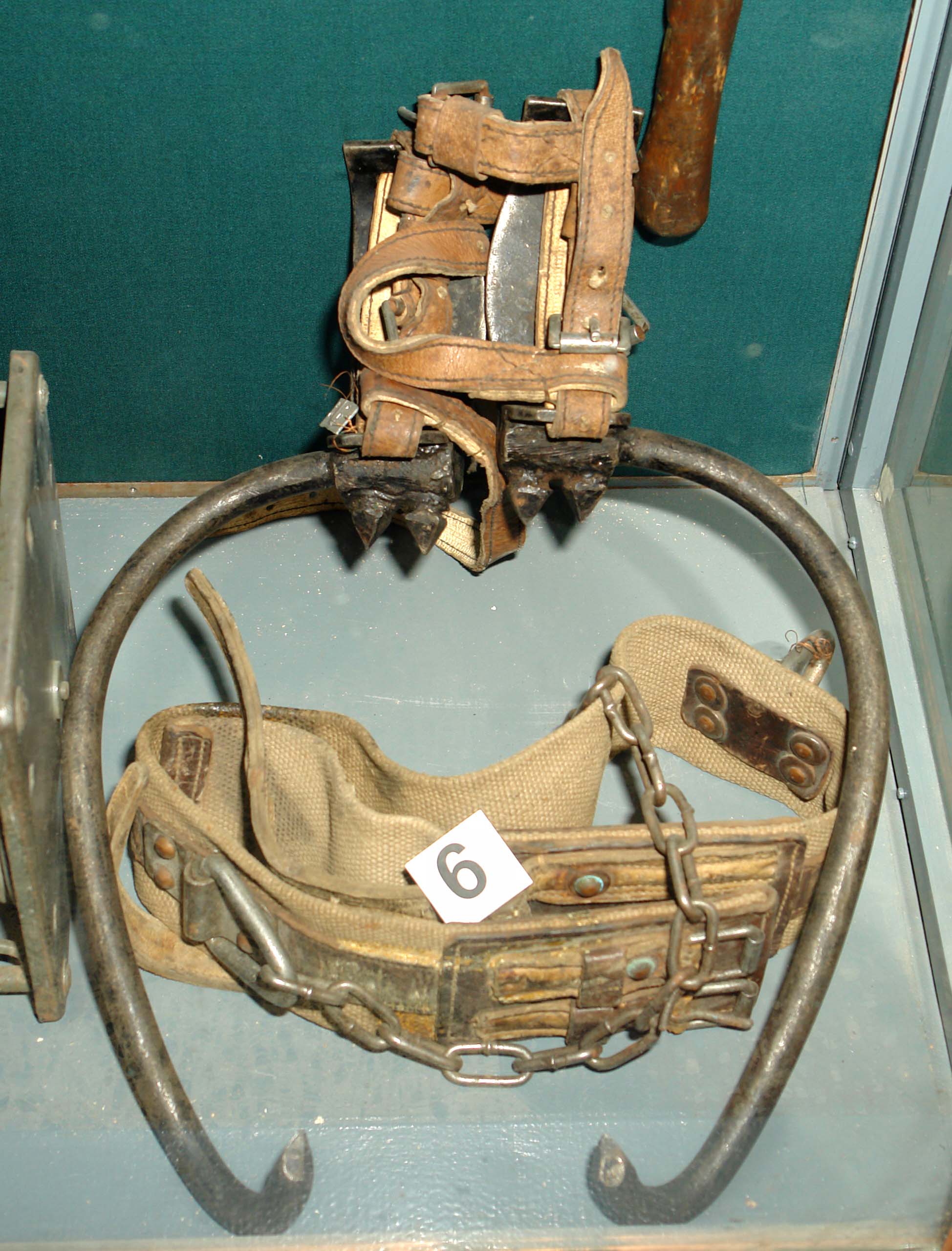
There are even depictions of crampon-like devices on the arch of Constantine which was built by the Romans in 315 AD. The use of this type of equipment was widespread by the 1500s. There are examples of four point front foot crampons which were used in the Alps at about this time.
By the late 19th century, however, mountaineers were using full foot crampons as mountaineering became popular with gentlemen of leisure trying to outdo previous attempts at steep slopes.
20th century
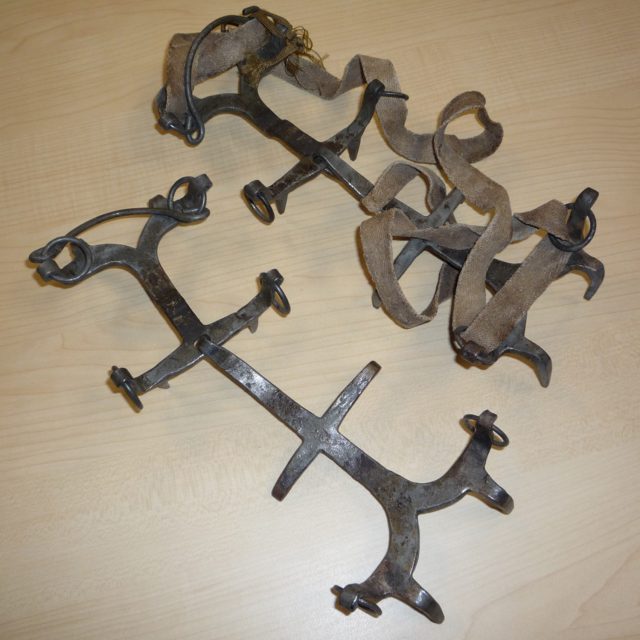
Oscar Eckenstein is credited with the creation of the ten point crampon, the aim of which was to reduce the effort of cutting steps into hard ice and snow.
Henry Grivel, who was an Italian climber, developed the first crampons which were manufactured for sale in 1910.
Ten point crampons made it so much more possible to mountain climb in icy conditions. Crampons evolved to the twelve point crampon in 1929 when these were designed by Laurent Grivel, Henry Grivel’s son.
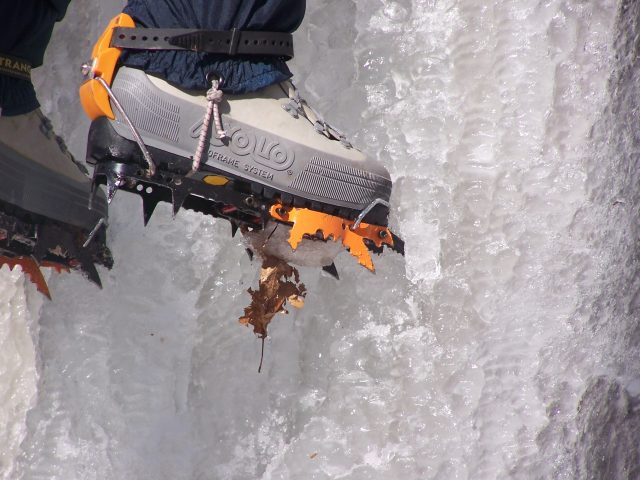
The use and superiority of these 12 point crampons were seen during 1938 when Anderl Heckmair and Ludwig Vörg, a pair of German climbers, performed so much better than their rivals, the Austrian team of Heinrich Harrer and Fritz Kasparek, who were using the original 10-point crampons.
This was achieved when racing up the Eiger Nordwand for the first time. Later, the four teamed up to complete the ascent known as The White Spider. The classic book written by Harrer describes it thus: “I looked back, down our endless ladder of steps – on the Second Icefield. Up it, I saw the New Era coming at express speed; there were two men running — I mean running, not climbing — up.”
The next significant change happened in 1967 when Yvon Chouinard and Tom Frost invented rigid crampons.
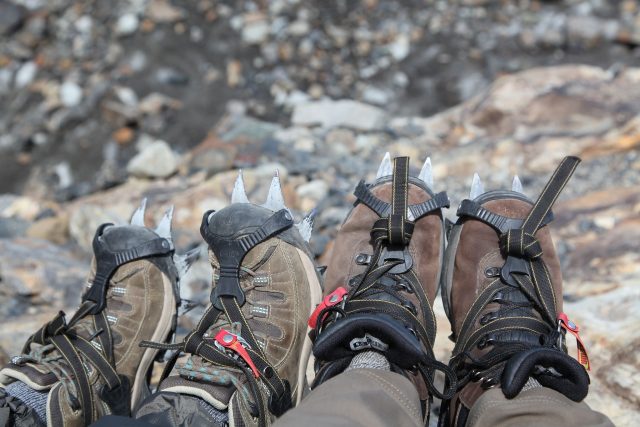
The 1980s saw further innovation with the mono point crampon, with a single point at the front, invented for precision placement of the feet.
The next great advance was in 2001 when climbers for the world cup in ice climbing bolted the crampons onto their boots with added mono point spurs on their heels to add to the traction and hooking strength when climbing mixed routes.
Today
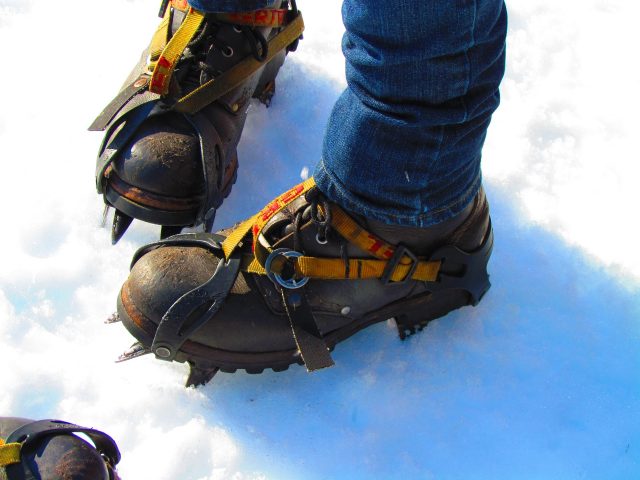
Today, there are many types of crampon available, such as rigid, semi-rigid or hinged crampons. The type of crampon you select will depend entirely on the type of climbing you are planning on doing.
Mountaineering calls for a hinged crampon while if you plan to be ice climbing, a rigid crampon is better. You should familiarize yourself with the different types of crampon available and understand their features and different parts.
The correct fit is essential, and the correct boot is also to be considered carefully before you head for the mountains.
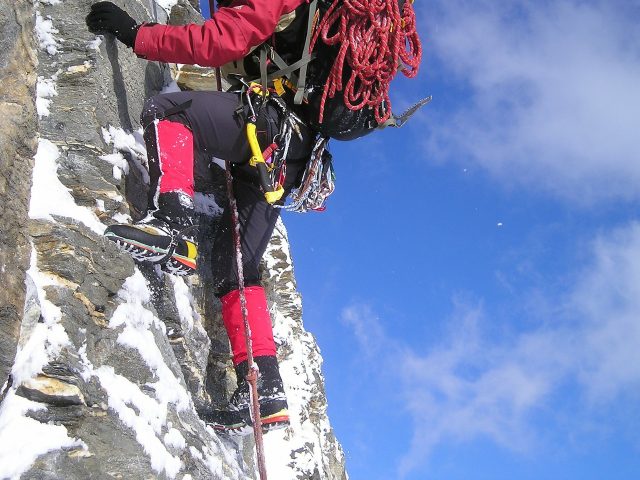
If you have any comments then please drop us a message on our Outdoor Revival Facebook page
If you have a good story to tell or blog let us know about it on our FB page, we’re also happy for article or review submissions, we’d love to hear from you.
We live in a beautiful world, get out there and enjoy it.
Outdoor Revival – Reconnecting us all with the Outdoors





